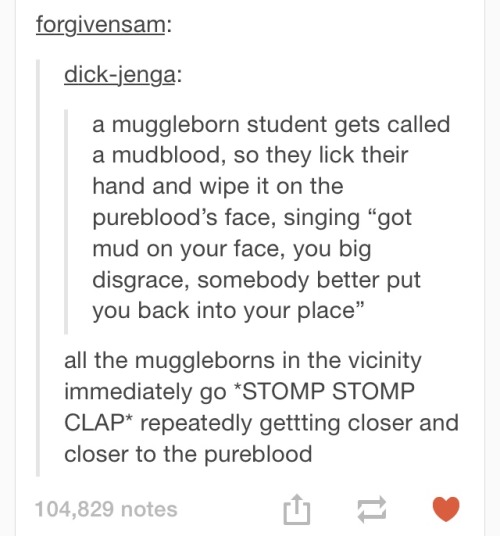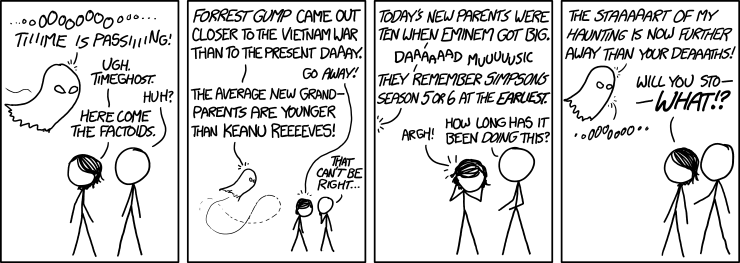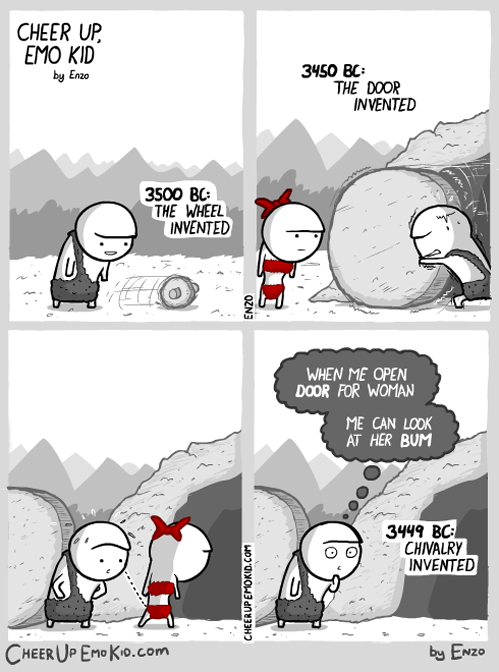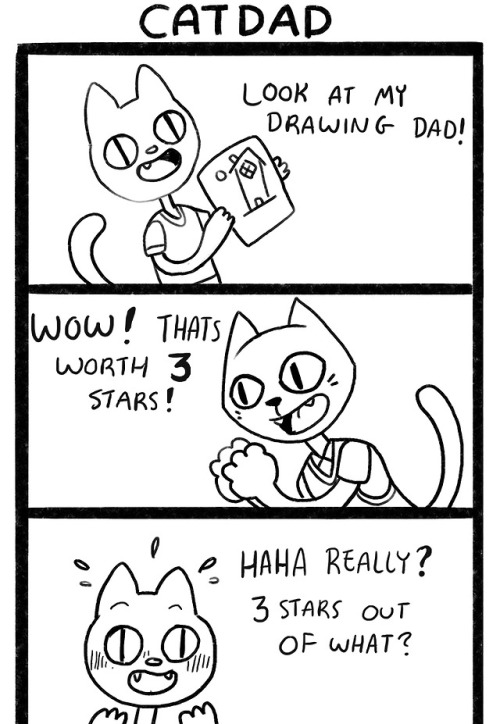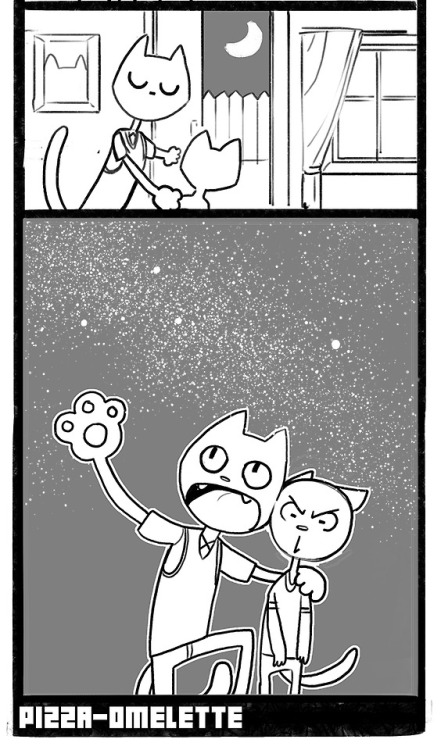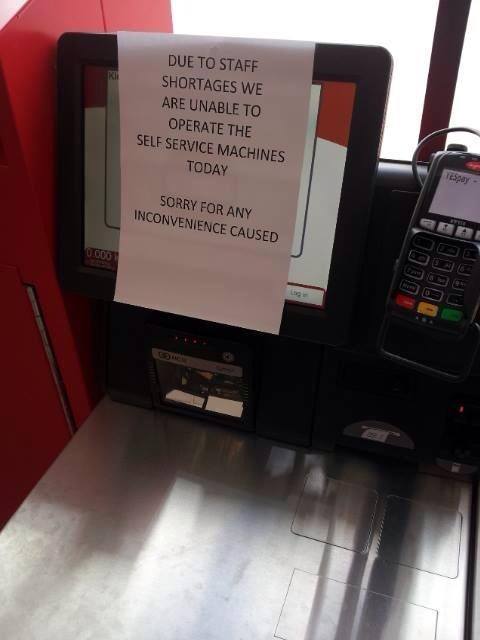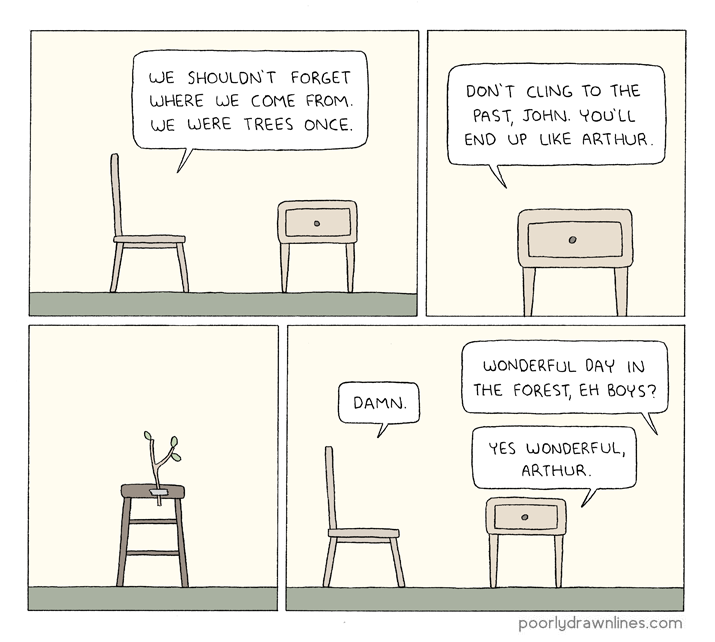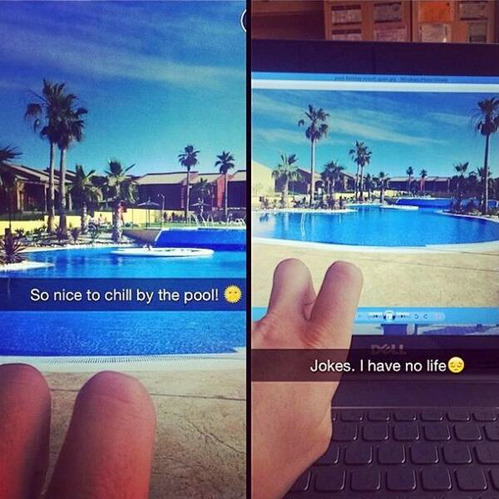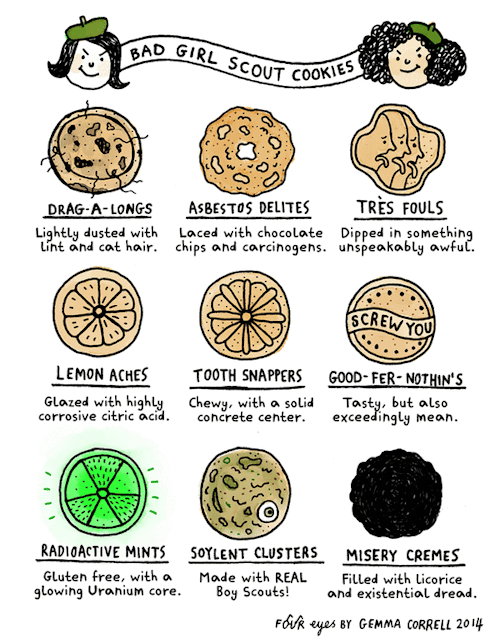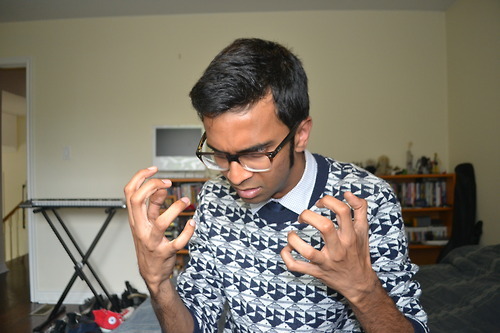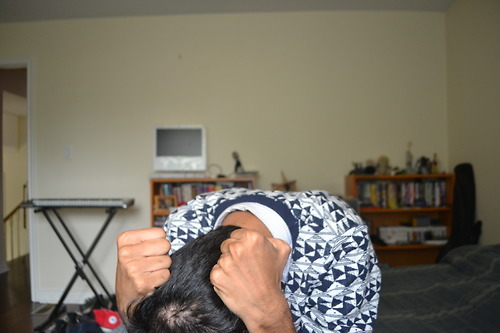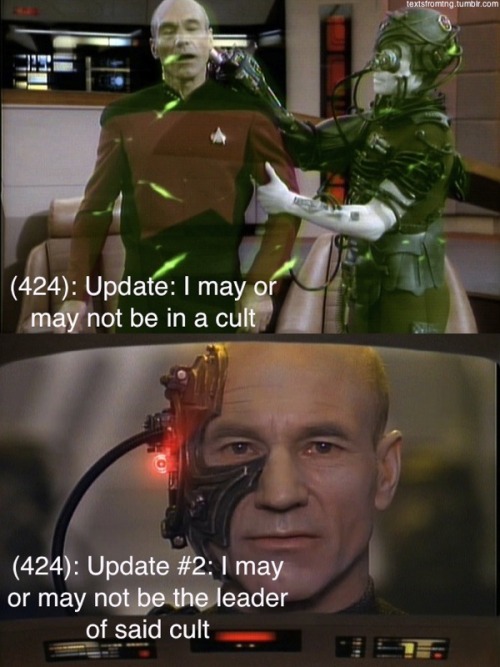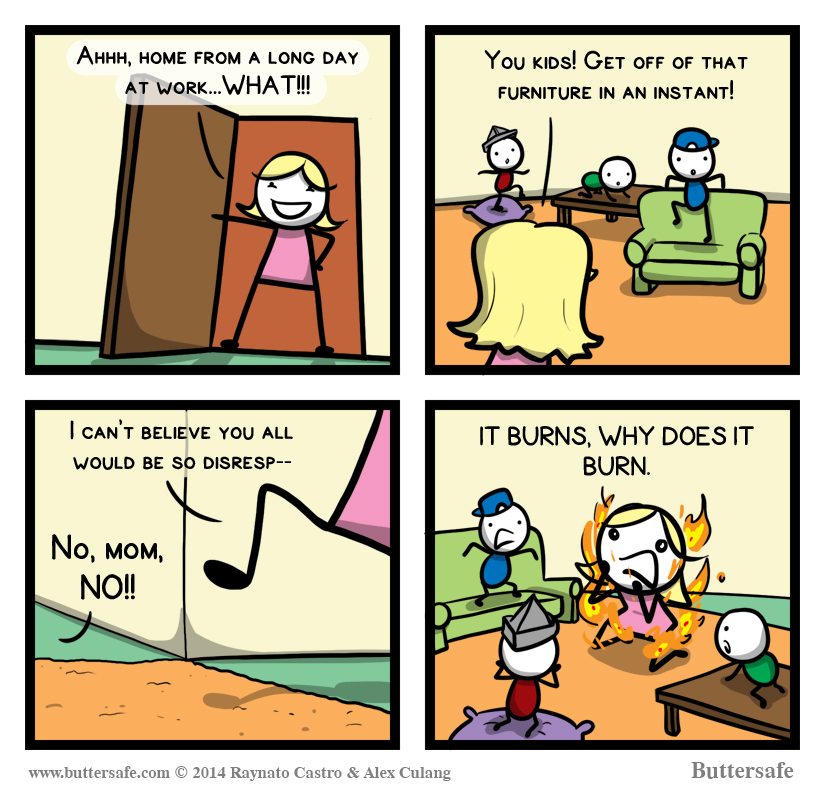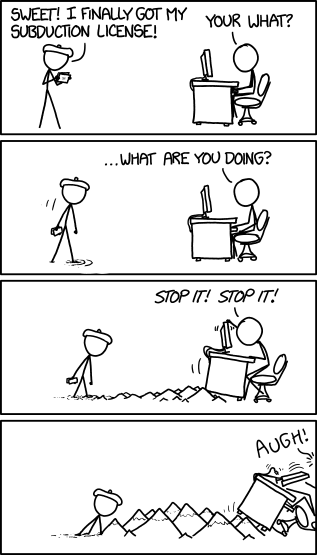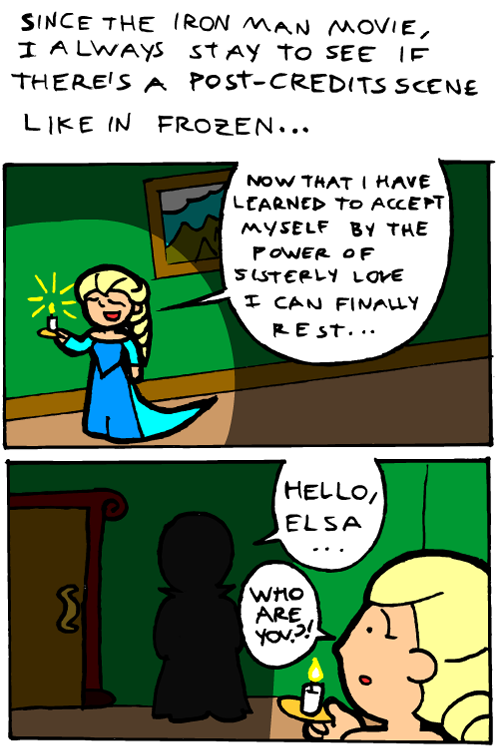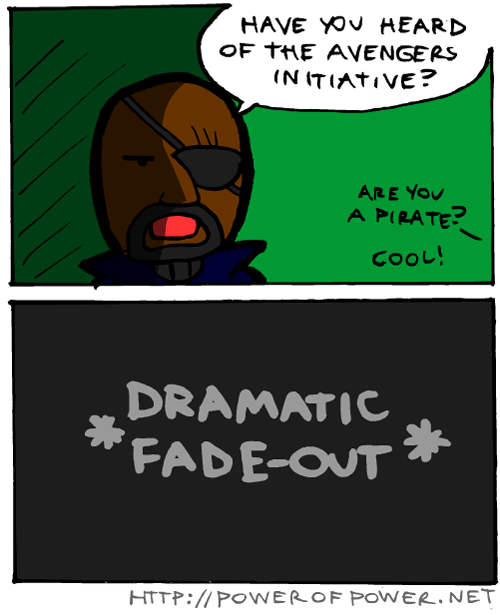Prior to chalking in the sundial in yesterday's photo, Tim and his son removed the cheatgrass that normally dominates the base of the pole, brought in some good soil, and planted a number of lavender starts. Then they tiled the bare areas with some river gravel. It's a refreshing change from the nasty invasive. A passing butterfly appears to agree.
While the angle of the shadow with respect to 16th and Monroe is not evident in this photo, I'll first admit, I threw out a bit of a deceptive comment yesterday when I described 16th as running "roughly north-south." The original street grid in Corvallis was laid out parallel to the riverfront, and runs about 20 degrees east of north. At Kings Avenue, a block west of my current location, the street grid snaps to N/S-E/W, or truly compass oriented (See the FlashEarth location). Second, due to modern horological conventions, we're currently on daylight savings time, which means the clock gets to noon about an hour earlier than the sun reaches "true noon," at its greatest height in the sky and directly to the south. Put those two factors together, and you can see why the two o'clock mark is the one that's almost parallel to 16th street, not the 12 o'clock mark.
Understanding these sorts of seemingly unrelated tidbits to make sense of the world around us is all part and parcel of "thinking like a geologist." I commented, "we're looking at an intersection of geology, geography, horology, and human history." When solving geological puzzles, one needs to be able to draw from a great many disciplines, even if the puzzle is as trivial as, "Why isn't the shadow falling where we'd expect it to?"
Photo unmodified. July 18, 2014. FlashEarth location.
Miscellaneous thoughts on politics, people, math, science and other cool (if sometimes frustrating) stuff from somewhere near my favorite coffee shop.
Saturday, July 19, 2014
Friday, July 18, 2014
Geo 730: July 18, Day 564: High Noon at Interzone
I'll be taking a few days' break from Quartzville to enjoy a spontaneous bit of art that happened at Interzone starting on Tuesday. Every hour, on the hour, IZ denizen Tim snapped a chalk line on the left edge of the shadow cast by the street lamp/telephone/power pole on the northeast corner of 16th and Monroe. Then the lines were bolded and times colored in with sidewalk chalk by Heidi and Erin. Shea drew a silhouette on the two o'clock line, which is the one most parallel to the street. This was shot within a minute of noon; for the time being, it's surprisingly accurate.
Where's the geology in this? If you've followed this blog at all, you know my attitude is that it's all geology, and this is no exception. Under the "12" is asphalt, a mixture of petroleum products, sand and gravel. Under my shadow and in the upper right is concrete, made of lime (CaO) (which in turn is limestone (CaCO3) heated to drive off the CO2) mixed with clay, to which water, sand and gravel are added and allowed to set. The chalk itself is either the same composition as limestone (true chalk) or gypsum (which is softer and easier to work with). These materials are normally powdered, some clay added for a higher degree of consistency and hardness, then pigment and binder added. The result is then molded into the cylindrical form in which we are accustomed to using it.
At a more esoteric level, we're looking at an intersection of geology, geography, horology, and human history. I'll get back to this tomorrow, but I'll leave with a comment and a couple questions: the streets in this area run roughly north-south. Why is the sun at noon casting a shadow so far to the west? Wouldn't you expect the shadow to be falling northwards, roughly parallel to the street, rather than across it?
Photo unmodified. July 18, 2014. FlashEarth location.
Where's the geology in this? If you've followed this blog at all, you know my attitude is that it's all geology, and this is no exception. Under the "12" is asphalt, a mixture of petroleum products, sand and gravel. Under my shadow and in the upper right is concrete, made of lime (CaO) (which in turn is limestone (CaCO3) heated to drive off the CO2) mixed with clay, to which water, sand and gravel are added and allowed to set. The chalk itself is either the same composition as limestone (true chalk) or gypsum (which is softer and easier to work with). These materials are normally powdered, some clay added for a higher degree of consistency and hardness, then pigment and binder added. The result is then molded into the cylindrical form in which we are accustomed to using it.
At a more esoteric level, we're looking at an intersection of geology, geography, horology, and human history. I'll get back to this tomorrow, but I'll leave with a comment and a couple questions: the streets in this area run roughly north-south. Why is the sun at noon casting a shadow so far to the west? Wouldn't you expect the shadow to be falling northwards, roughly parallel to the street, rather than across it?
Photo unmodified. July 18, 2014. FlashEarth location.
Thursday, July 17, 2014
Geo 730: July 17, Day 563: Amygdaloidal Basalt
I'm pretty sure most of the mineral grains filling the vesicles (gas bubbles in igneous rocks) here are calcite. This rock has undergone quite a bit of weathering, so whether the voids were originally full of calcite is impossible to say. They may have been, and the mineral simply dissolved out. This is just behind the Green Peter Dam, and is a nice stop to look for zeolites and calcite. I don't have an off-the-cuff list of all the varieties of zeolite I've found here, but it would be pretty lengthy. Natrolite and stilbite are the most common, and are easy to find on any visit. Others just kind of show up now and then, and you can't really count on finding them. That list would include chabazite, laumontite, heulandite, and analcime/analcite. (The latter is one I learned as a zeolite, and commonly occurs with them. I've recently learned it can also be classified as a feldspathoid.) There are likely others I've spotted on occasion, but they don't come to mind right now. The crystals tend to be smallish, and this is a good spot to sharpen your hand lens skills. Four pound hand sledge in back for scale.
Photo unmodified. March 9, 2012. FlashEarth location.
Photo unmodified. March 9, 2012. FlashEarth location.
Geo 730: July 16, Day 562: Wood, Ancient and Modern
A final shot of the petrified (permineralized, to be technically correct) tree stump closest to the intersection at the Sweet Home Community Museum. On the left side is an example of much younger wood, holding up the protective roof sheltering the stump. Other than the petrified wood itself, there are two features of interest to me.
In the lower right portion of this crop, some of the surrounding rock matrix can be seen, still clinging to the outside of the stump. It's angular, suggesting it wasn't transported far, and poorly sorted, which suggests a debris flow. You can't tell directly from the photo, but I assure you, the clasts are volcanic in origin. So I'd guess the tree was killed and buried in a lahar. Also, in the above right of this crop, and...
...in the middle of this one, there's some very pretty secondary silica, likely chalcedony, a microfibrous form of quartz. Texturally, in the photo at least, it bears some resemblance to opal, which is amorphous hydrated silica. Opal is significantly softer than quartz/chalcedony, and the two forms are not that difficult to tell apart in the field. However, before making a call, I should field-check the material. I'm not comfortable trying to distinguish the two from photos. (Opal has more of a vitreous luster, while chalcedony has a more waxy to flat luster. The above looks more vitreous to me. But the hardness is a more diagnostic feature, and I don't want to test that on my computer screen.)
Photo unmodified. March 9, 2012. FlashEarth location.
In the lower right portion of this crop, some of the surrounding rock matrix can be seen, still clinging to the outside of the stump. It's angular, suggesting it wasn't transported far, and poorly sorted, which suggests a debris flow. You can't tell directly from the photo, but I assure you, the clasts are volcanic in origin. So I'd guess the tree was killed and buried in a lahar. Also, in the above right of this crop, and...
...in the middle of this one, there's some very pretty secondary silica, likely chalcedony, a microfibrous form of quartz. Texturally, in the photo at least, it bears some resemblance to opal, which is amorphous hydrated silica. Opal is significantly softer than quartz/chalcedony, and the two forms are not that difficult to tell apart in the field. However, before making a call, I should field-check the material. I'm not comfortable trying to distinguish the two from photos. (Opal has more of a vitreous luster, while chalcedony has a more waxy to flat luster. The above looks more vitreous to me. But the hardness is a more diagnostic feature, and I don't want to test that on my computer screen.)
Photo unmodified. March 9, 2012. FlashEarth location.
Geo 730: July 15, Day 561: Squarshed Charcoal
As I described in the previous post, we see in this photo that the summer wood has collapsed, in this case, consistently to the right, and the winter wood is undeformed. The photo is a shot from the publication "Field Guide to Geologic Processes in Cascadia." This sample is not from the stumps in the five previous posts, but is a thin section of the permineralized charcoal from the Quartzville trip. The field location of the rock is reflected in the FlashEarth location, but the photo was actually taken in OSU's Radiation Center, where the thin section was made.
Photo unmodified. March 9, 2012. FlashEarth location.
Photo unmodified. March 9, 2012. FlashEarth location.
Wednesday, July 16, 2014
Geo 730: July 14, Day 560: Congratulations! It's a Conifer!
In this shot, we can see enough detail for me to be able to tell it's a conifer. How? Coniferous wood is dominated by a single cell type, tracheids, which make up 90-95% of the tissue volume. Deciduous wood has a greater variety of cell types, with greater specialization, and a more "disorganized" (my own mental construct) overall look. See this link for a nice introduction; the tissue diagrams on the right are the pertinent illustrations. Even at full size (see crop below), you can't make out much cellular-level detail, but you can tell the cells are in a nice, tidy "brick wall" style of organization (again, my own mental construct).
An interesting point to note is that the summer wood, because it has a smaller cell wall to volume ratio (larger cells) than winter wood, has lower local strength than winter wood, and sometimes collapses during burial and lithification, as shown in the annotation below. I have a very nice photomicrograph coming up to illustrate this point.
Photo unmodified. March 9, 2012. FlashEarth location.
An interesting point to note is that the summer wood, because it has a smaller cell wall to volume ratio (larger cells) than winter wood, has lower local strength than winter wood, and sometimes collapses during burial and lithification, as shown in the annotation below. I have a very nice photomicrograph coming up to illustrate this point.
Photo unmodified. March 9, 2012. FlashEarth location.
Geo 730: July 13, Day 559: Growth Rings
Zooming in from the last post, we're now close enough that the annual growth rings are evident. These form in wood that grows in temperate environments with distinct warm and cold seasons. During the cold weather, growth almost entirely stops, and the cells are much smaller and more densely packed, creating the dark portion of a ring. During warm weather, the cells grow more rapidly, and much larger, creating the lighter portion of each ring. In tropical areas, with no distinct seasons, tree don't show annual growth rings.
Photo unmodified. March 9, 2012. FlashEarth location.
Photo unmodified. March 9, 2012. FlashEarth location.
Geo 730: July 12, Day 558: Woody Texture
Over this and the next couple of posts, I'll be progressively zooming into the wood grain preserved in this specimen. Here, we can definitely see the woody texture and form, but not much detail. There are limits to what one can capture with a camera unaided by a microscope, but the detail one can capture is still pretty amazing.
Photo unmodified. March 9, 2012. FlashEarth location.
Photo unmodified. March 9, 2012. FlashEarth location.
Tuesday, July 15, 2014
Geo 730: July 11, Day 557: Stumped Again
Dana stopped by yesterday with her friend B, and we went over to the coast, where it was a blissful relief from the heat here. We mostly revisited stops I've previously covered, but we did hit one new place, Boiler Bay, north of Depoe Bay. It wasn't the greatest geology, but it was awfully pretty, and there were a couple exposures that were quite interesting. I'll get to them in this series eventually. We also went down to the beach at Seal Rock, and saw a *great* contact between CRB and Astoria or Yaquina Formation (some uncertainty what the unit is). Again, I'll get to it sometime.
In the meantime, back to the Sweet Home and Quartzville area. Above is the second petrified stump at the community museum. While you can't get a good look at the grain of the taller one, this one is much shorter, so you can see the broken end and the wood grain very well. The tephra plastered on to the outside is poorly sorted; it looks like this was rapidly buried in a lahar.
Photo unmodified. March 9, 2012. FlashEarth location.
In the meantime, back to the Sweet Home and Quartzville area. Above is the second petrified stump at the community museum. While you can't get a good look at the grain of the taller one, this one is much shorter, so you can see the broken end and the wood grain very well. The tephra plastered on to the outside is poorly sorted; it looks like this was rapidly buried in a lahar.
Photo unmodified. March 9, 2012. FlashEarth location.
Sunday, July 13, 2014
Sunday Funnies: Boobytrap Edition
Tastefully Offensive And all these years, I thought "boobytrap" was just a euphemism for a bra...
Tastefully Offensive (Small print at bottom says "Because He is F#@%ing Awesome! He's not lost, I just thought you should see him.)
Texts From TNG
Wil Wheaton
Bits and Pieces
Wil Wheaton
Shannon Wheeler
Maximumble (Tees available here.)
xkcd
Sofa Pizza "They were working on it the whole time!"
Cyanide and Happiness
Texts From TNG
Happy Jar, The Adventures of Business Cat
Poorly Drawn Lines
Tastefully Offensive
Bits and Pieces
"Data needed to publish, then versus now" What Should We Call Grad School
Cheer Up, Emo Kid
Cheezburger
Bizarro
Darius Whiteplume
Real Life Adventures
Sofa Pizza
Pizza-Omelette
Noise to Signal
Darius Whiteplume
Bad Newspaper
Wil Wheaton
Bad Newspaper
"At the airport in the Middle Ages" Senor Gif
Funny to Me
"When my advisor says I might have enough data to graduate" What Should We Call Grad School?
Tastefully Offensive
Cyanide and Happiness
Sober in a Nightclub
Sober in a Nightclub
Wil Wheaton
"Every campfire, ever" The Oatmeal
xkcd
Bits and Pieces
Senor Gif
Are You Talking to Meme?
Poorly Drawn Lines
Tastefully Offensive
What Would Jack Do?
Gemma Correll
Tom Tomorrow
Funny to Me
Tree Lobsters
Sober in a Nightclub
"Teen Angst" TYWKIWDBI
Funny to Me
Texts From TNG
Bits and Pieces
Bizarro
Noise to Signal
Sober in a Nightclub
The Gentleman's Armchair
Cheezburger
Partially Clips
Shannon Wheeler
According to Devin
Bits and Pieces
SMBC
@PaperWash
Tastefully Offensive Sorry...
Bad Newspaper
Very Demotivational
Tastefully Offensive
Bits and Pieces
Bits and Pieces
Texts From TNG I've posted this before, but it's worth an encore.
Tastefully Offensive
Buttersafe
Non Sequitur
Bad Newspaper
Bits and Pieces
Bits and Pieces
Happy Jar
xkcd
Sober in a Nightclub
Sober in a Nightclub
Power of Power
Funny to Me
Bad Newspaper
Blackadder
Tastefully Offensive (Small print at bottom says "Because He is F#@%ing Awesome! He's not lost, I just thought you should see him.)
Texts From TNG
Wil Wheaton
Bits and Pieces
Wil Wheaton
Shannon Wheeler
Maximumble (Tees available here.)
xkcd
Sofa Pizza "They were working on it the whole time!"
Cyanide and Happiness
Texts From TNG
Happy Jar, The Adventures of Business Cat
Poorly Drawn Lines
Tastefully Offensive
Bits and Pieces
"Data needed to publish, then versus now" What Should We Call Grad School
Cheer Up, Emo Kid
Cheezburger
Bizarro
Darius Whiteplume
Real Life Adventures
Sofa Pizza
Pizza-Omelette
Noise to Signal
Darius Whiteplume
Bad Newspaper
Wil Wheaton
Bad Newspaper
"At the airport in the Middle Ages" Senor Gif
Funny to Me
"When my advisor says I might have enough data to graduate" What Should We Call Grad School?
Tastefully Offensive
Cyanide and Happiness
Sober in a Nightclub
Sober in a Nightclub
Wil Wheaton
"Every campfire, ever" The Oatmeal
xkcd
Bits and Pieces
Senor Gif
Are You Talking to Meme?
Poorly Drawn Lines
Tastefully Offensive
What Would Jack Do?
Gemma Correll
Tom Tomorrow
Funny to Me
Tree Lobsters
Sober in a Nightclub
"Teen Angst" TYWKIWDBI
Funny to Me
Texts From TNG
Bits and Pieces
Bizarro
Noise to Signal
Sober in a Nightclub
The Gentleman's Armchair
Cheezburger
Partially Clips
Shannon Wheeler
According to Devin
Bits and Pieces
SMBC
@PaperWash
Tastefully Offensive Sorry...
Bad Newspaper
Very Demotivational
Tastefully Offensive
Bits and Pieces
Bits and Pieces
Texts From TNG I've posted this before, but it's worth an encore.
Tastefully Offensive
Buttersafe
Non Sequitur
Bad Newspaper
Bits and Pieces
Bits and Pieces
Happy Jar
xkcd
Sober in a Nightclub
Sober in a Nightclub
Power of Power
Funny to Me
Bad Newspaper
Blackadder


















